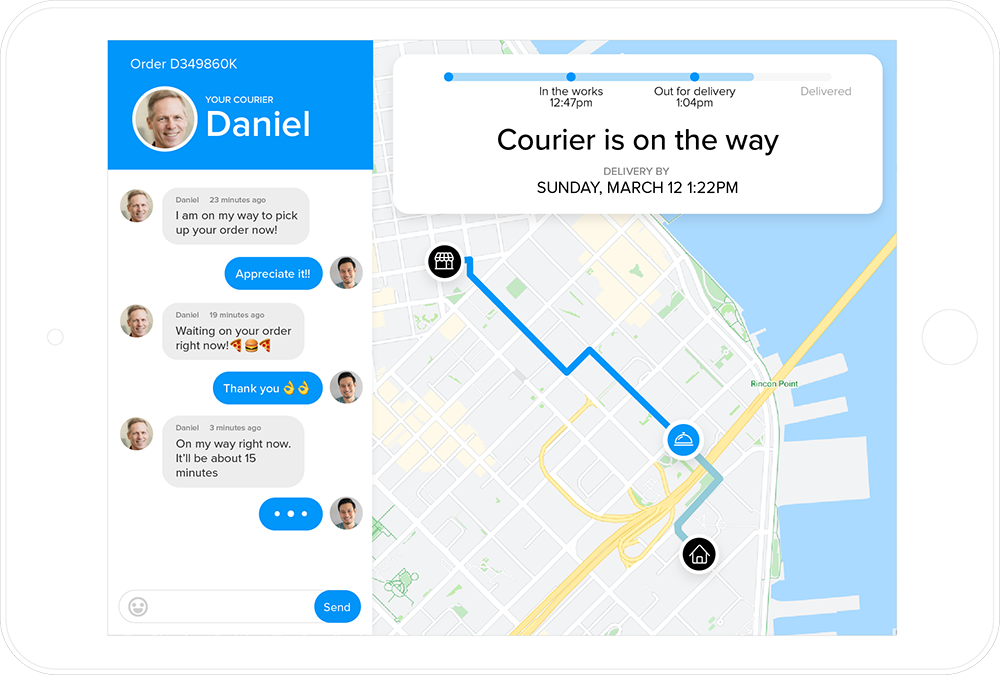Kanban vs Scrum
Kanban is a project management framework that relies on visual tasks to manage workflows, while scrum is a project management framework that helps teams manage their work through a set of values, principles and practices.
Kanban
The name originates from the Japanese word “visual signal” or “card,” Kanban, which Toyota developed in the late 1940s to improve manufacturing efficiency. The core principle of Kanban is that it visualizes the entire project on boards to manage the workflow. It allows ongoing tasks to be added, prioritized, and processed according to the team’s capacity. Kanban can be incorporated into any team or organization as it doesn’t prescribe specific roles or responsibilities. The key metrics of Kanban include lead time (the time taken for a task to travel from start to finish) and cycle time.
Scrum
Developed in the early 1990s by Ken Schwaber and Jeff Sutherland, Scrum is inspired by a rugby analogy where a team works together to carry the ball across the field. Scrum divides work into sprints, short, fixed-length periods (usually 2-4 weeks), where work must be completed and ready for review. Scrum differs from Knaban as it requires specific roles as the Product Owner, Scrum Master, and the Development Team. Key metrics include the completion of tasks within each sprint. This includes sprint goals and the burndown chart, which tracks work remaining in the sprint.
Kanban vs. scrum: What do you choose?
Kanban and Scrum are categorized under the agile methodology; without considering how your team operates, there is no right answer for which one to pick. For example, if your projects frequently change priorities or new tasks emerge regularly, and if you value continuous delivery over structured planning, Kanban might be the right choice for you. However, it’s not always a binary choice; many teams find value in a hybrid approach, blending the flexibility and visual workflow management of Kanban with the structured roles and iterations of Scrum.
